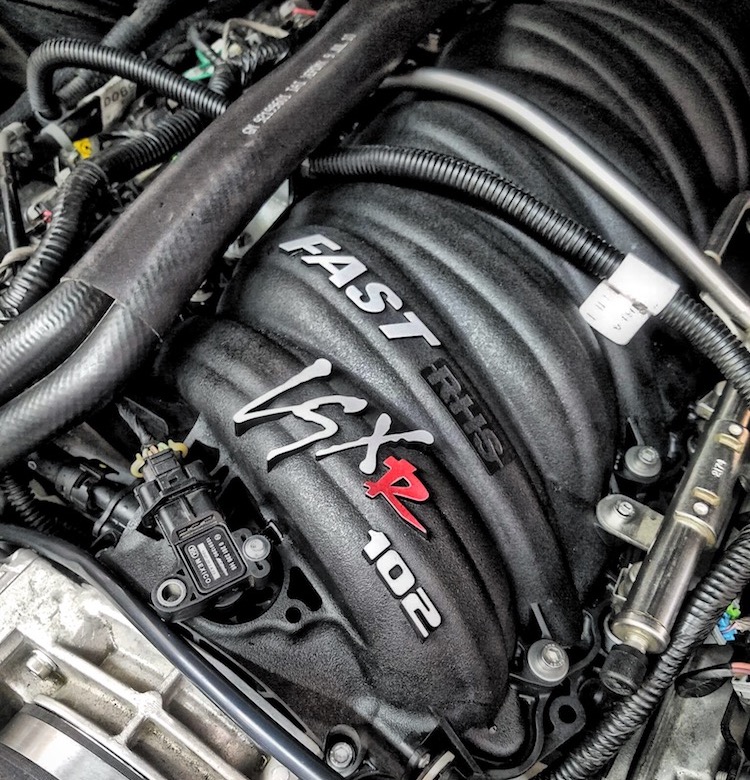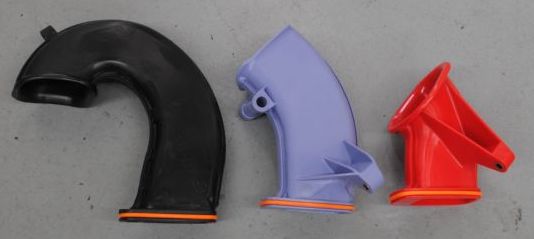
Watch this video that explains the FAST Intake System…
And if you want to READ some technical information on this system….
“OK LS enthusiasts, here is a simple question about intake manifold design. What is more important: airflow or runner length? It’s obviously a trick question, as they are both important. Maybe a better question would be, what changes the power curve more: an additional 80 cfm or eight inches of runner length? While no one would refuse runners that flow an additional 80 cfm (or more), the reality is that improvements in airflow of this magnitude can result in zero power gain, but change the runner length by eight inches and you will always see a huge change in power production. In fact, this test on the adjustable runners in the new FAST LSXR intake demonstrated that fact perfectly. A short runner of equal diameter will easily out flow a longer runner, but the airflow alone won’t improve power, at least not everywhere in the power curve. How can more flow equate to less power you ask?
The math involved is very complex, but the upshot of changes in runner length is that the runners are used to tune the power curve. A quick explanation of one of the three different forms of charge filling associated with intake design will help illustrate what happens when we change runner length. Though Helmholtz and Inertial Ram both play a part, the reflected wave produces a form of supercharging in the cylinder to help improve cylinder filling and power production. This wave is initiated when the intake valve opens. The opening of the valve combined with the downward movement of the piston creates a negative pressure wave. This wave accelerates at the speed of sound from the open valve back up the intake runner toward the common plenum. When the wave reaches the plenum, rarefaction occurs and allows the (negative pressure) wave to expand. This expansion creates a negative pressure area which causes positive pressure to flow toward the open valve. It is this (reflected) positive pressure wave (if timed correctly) that improves cylinder filling.
While this might seem overly technical, the upshot is that these pressure waves help dramatically improve power production. Since the waves must travel up and back the intake tract length, the length of the tract determines how much time it takes to arrive. It takes longer for the waves to travel in long runners, so they are most effective at lower engine speeds (where sufficient time is allowed to cover the distance). By contrast, short runners are more effective at higher engine speeds. The downside to the pressure waves is that the long runners become less effective at higher speeds and the reverse is true of short runners. Thus, the runner length must be tuned to optimize power production for a given application (displacement, cam timing, and intended rpm range). The ideal intake would have self-adjusting runner lengths, but such a system is difficult to package and very costly. The next best thing is a manually adjustable system like the LSXR intake offered by FAST.”







